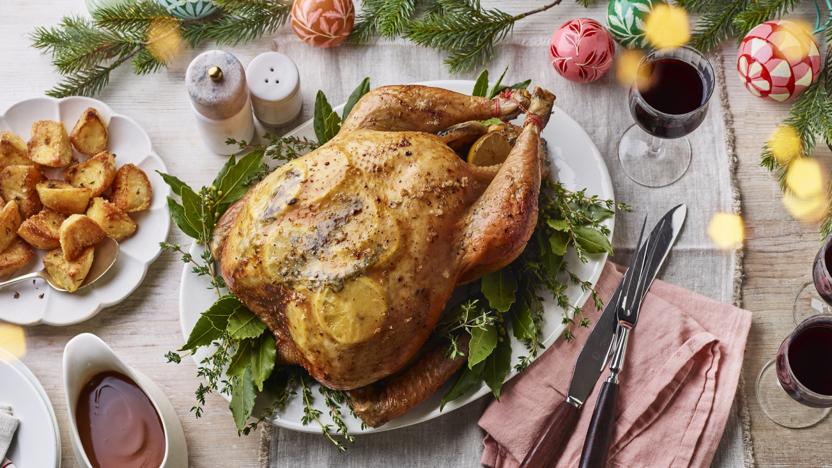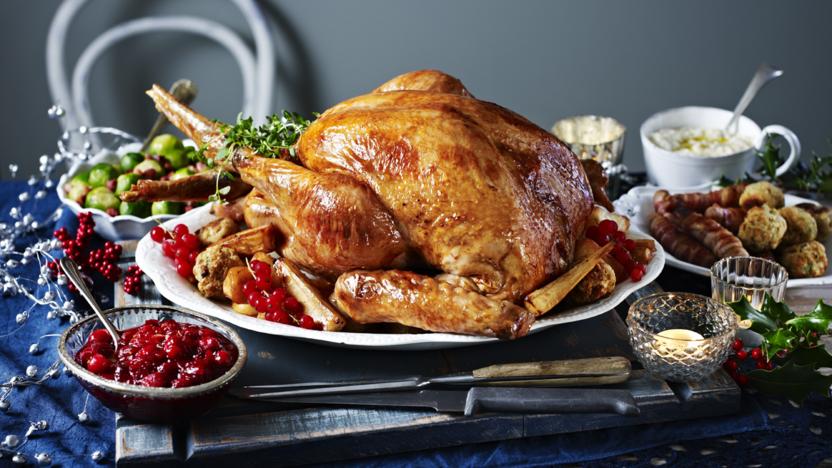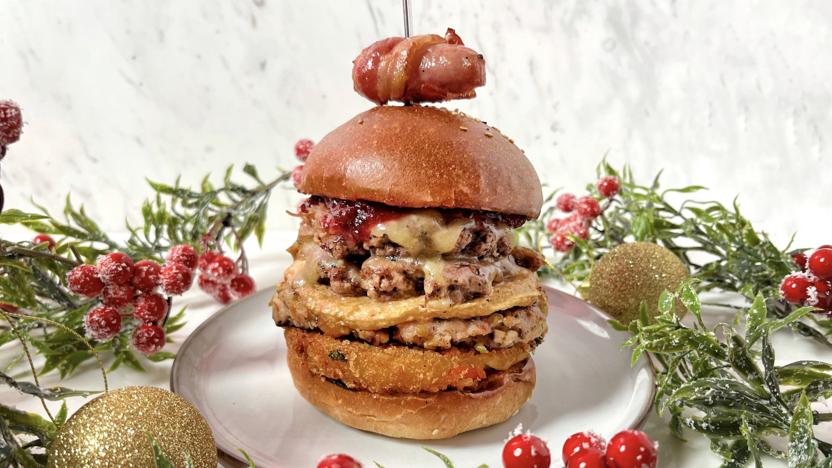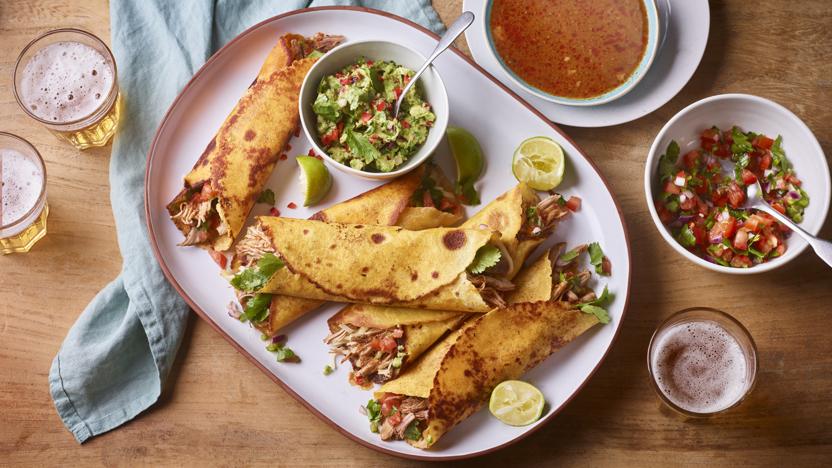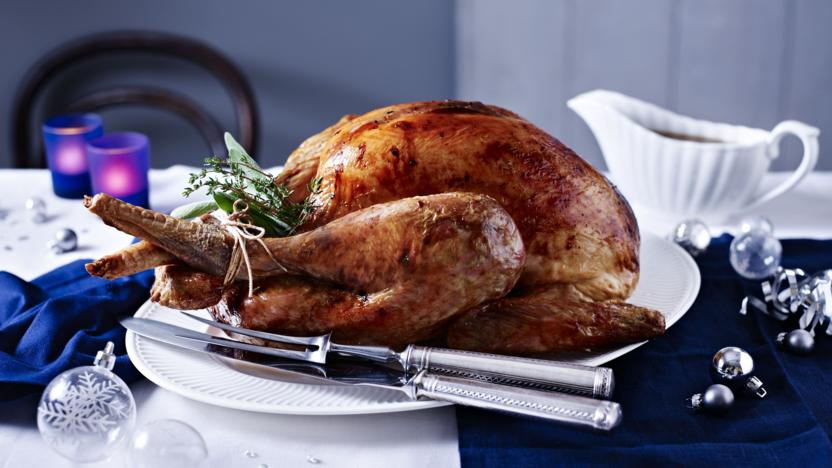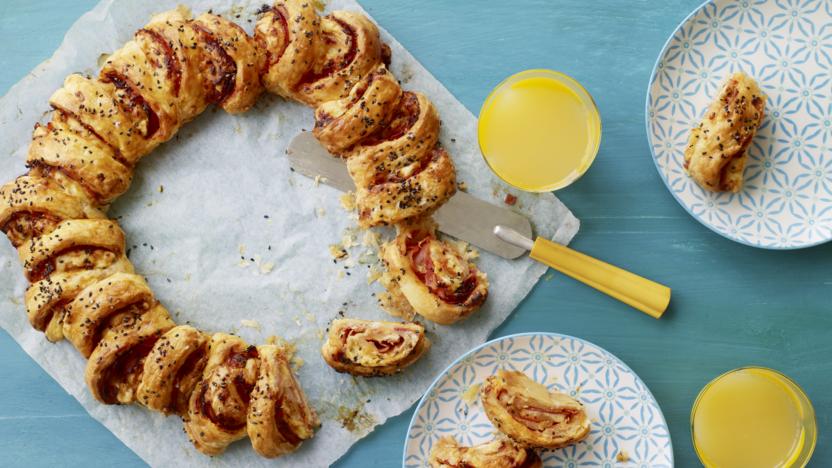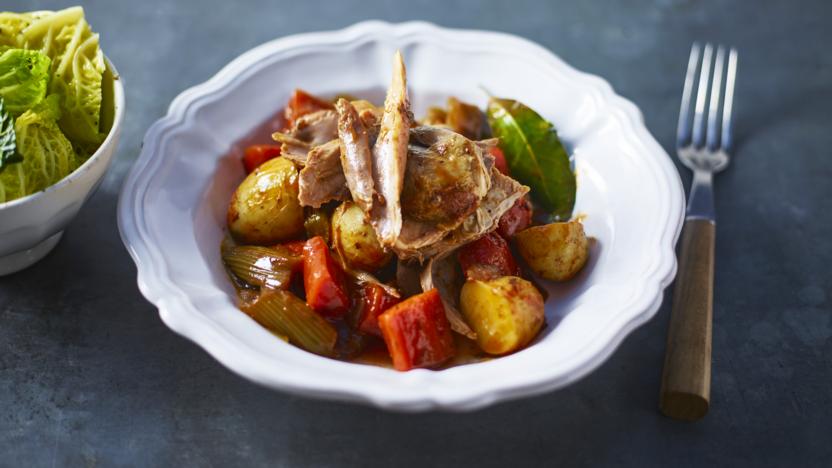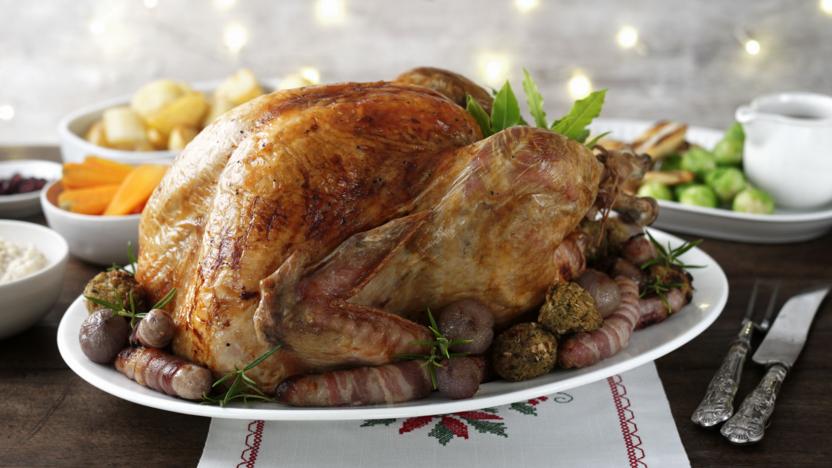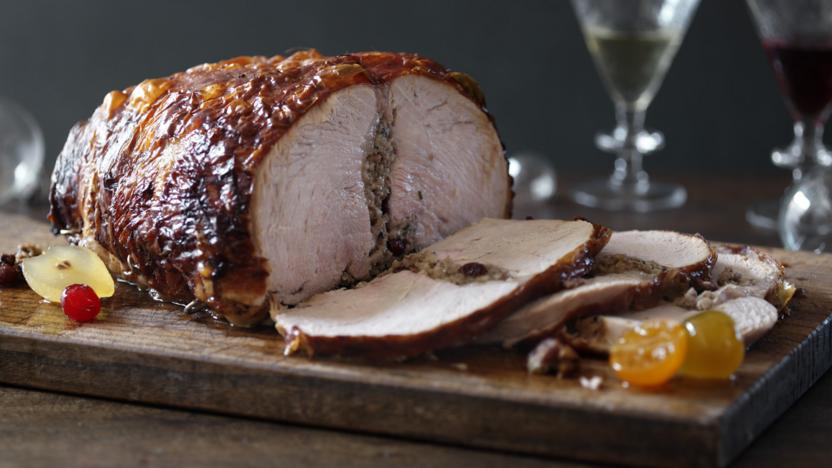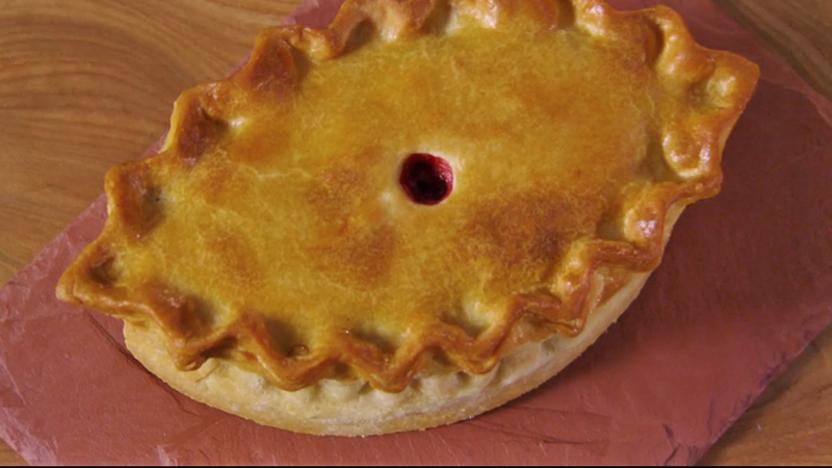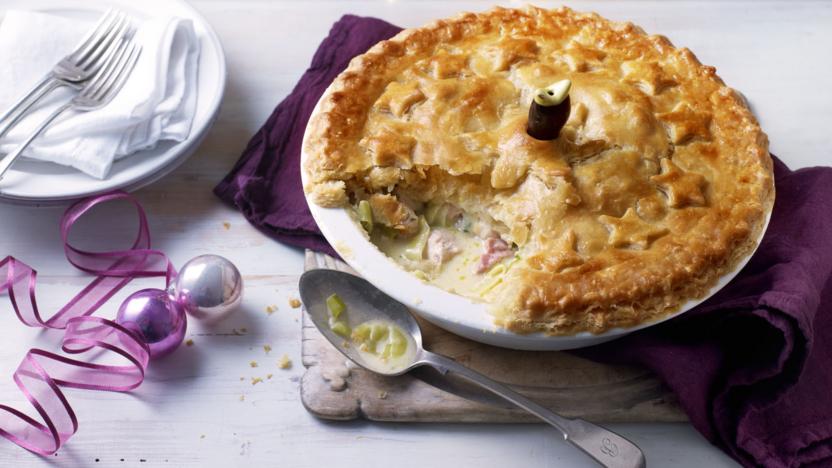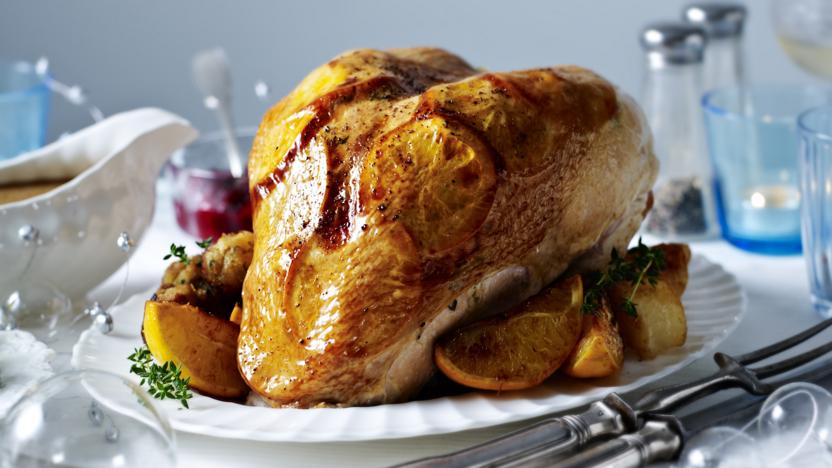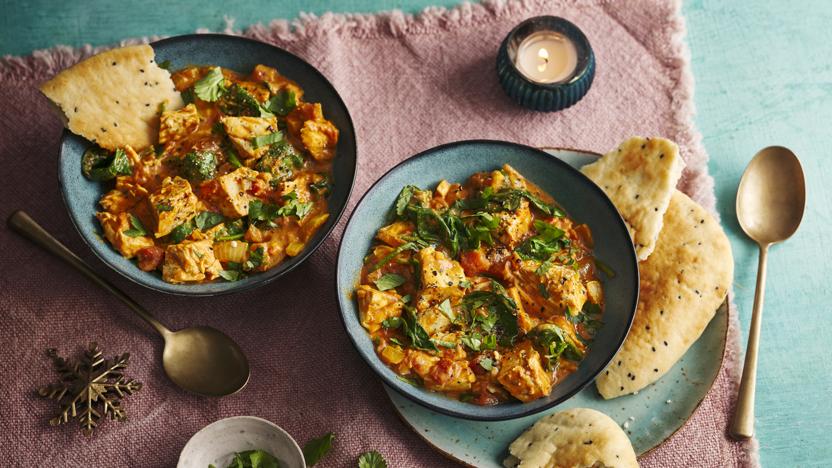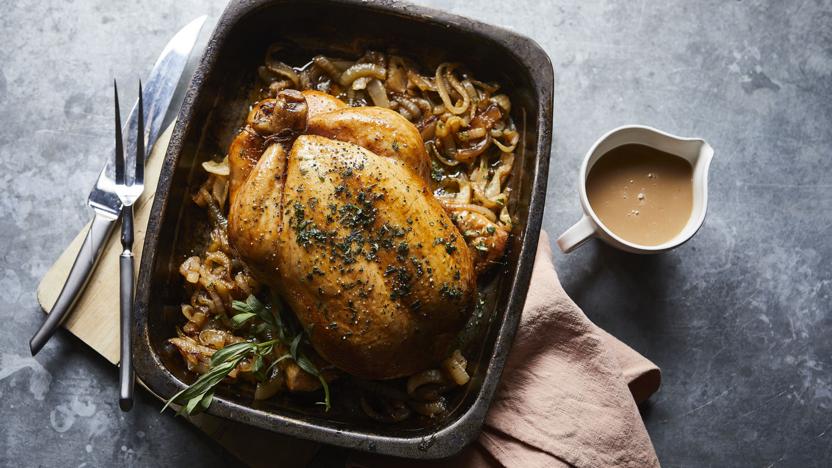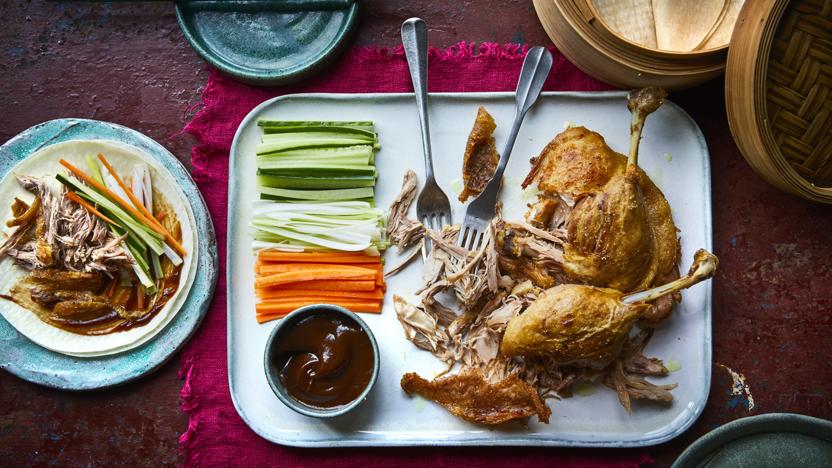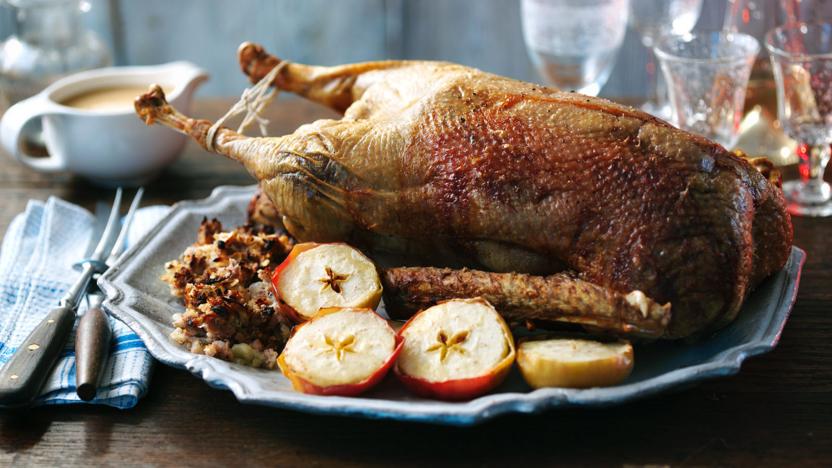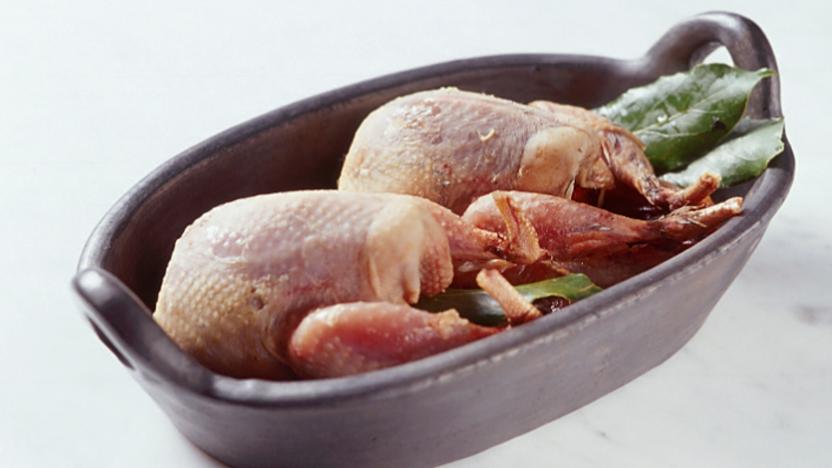Turkey recipes
Low in fat and high in protein, enjoy our top turkey recipes from the ultimate roast turkey recipe to our warming turkey curry. Traditionally eaten at Thanksgiving and Christmas it needn't be saved for the festive table, use mince for turkey burgers, meatloaf and meatballs.
Mary Berry's perfect Christmas turkey recipe is stuffed with herbs and onions makes the perfect centrepiece for a traditional Christmas. The butter and lemon slices under the skin baste the turkey and help keep it from drying out during its roast. Always rest the bird for at least half an hour to ensure you're eating it at its juiciest.
More turkey recipes
Buyer's guide
The two most highly regarded breeds of turkey are the Norfolk Black and the Bronze. The Norfolk Black was once the favoured eating bird in Britain, but this superior bird was very quickly dropped in preference of the commercial White varieties which not only lack the 'unsightly' black feathers but are quick to mature. Norfolk Blacks are generally not as plump as the Bronzes but tend to be stronger in flavour, almost gamey, with a higher fat content. The Slate Blue, a rare breed, has the highest fat content but is very narrow in the breast. The Bourbon Red, another rarity, has a distinct nutty flavour.
Type of feed, access to the outdoors and age at slaughter all play a part in eating quality, as well as the welfare of the birds. Hanging the meat for a period of time after slaughter is paramount as it tenderises the flesh and imparts a fuller flavour. An outdoor-reared bird fed a cereal-based diet comprising natural ingredients containing no routine antibiotics, slaughtered when mature and hung with the guts in for at least a week will prove an entirely different bird to one that has been subjected to cramped conditions in windowless broiler sheds, fed a high-protein diet to optimise weight gain and not hung at all.
Fresh meat is always preferable to frozen, although if your bird has been properly hung, the difference in quality will be minimised. Meat that is hung contains less moisture, so there'll be less expansion during freezing and less tearing apart of the meat fibres. A well-hung and butchered turkey or goose that has been frozen will make for far better eating than its fresh counterpart that hasn't had the same care.
When it comes to the festive season, four to six weeks before Christmas is the time to order your turkey, to ensure you get exactly what you want. However, exact timings depend on the butcher or farmer in question. You'd need to get in quickly with a reputable small producer, for example. Farmers' markets are a good place to find out who's selling what and you may even find out about a farmer in your local area. Otherwise, do a bit of research on the internet for mail-order sales. Most importantly, find out as much as you can about the bird; education is the key when buying these special birds.
Storage
Frozen turkey can be convenient, but the birds are frozen as quickly as possible after killing which doesn't allow the flesh to mature - this makes fresh the best buy, even if you then decide to freeze it.
Preparation
Like all poultry, special care is required when cooking the birds to avoid the risk of a food-bourne illness. If you are defrosting a frozen turkey, allow plenty of time (a few days) and only defrost it in the refrigerator. The risk of defrosting the bird at room temperature is that the outside becomes unsafely warm, allowing bacteria to reproduce, before the inside is thawed,
If you are stuffing the bird, only put the stuffing in right before cooking - not the night before. Make sure the stuffing is thoroughly cooked before serving. (To be totally safe, you can always cook your 'stuffing' outside the bird.)
